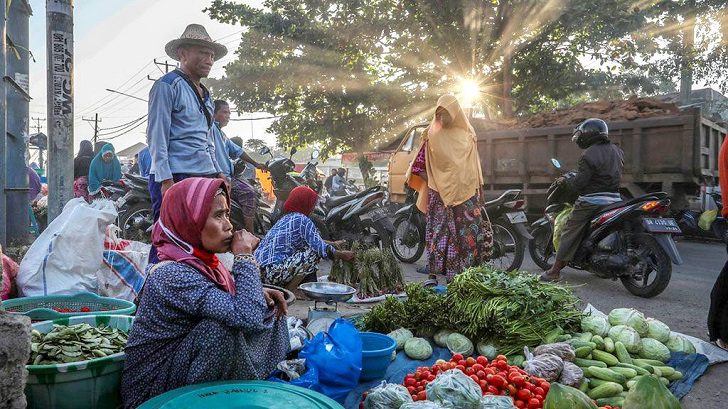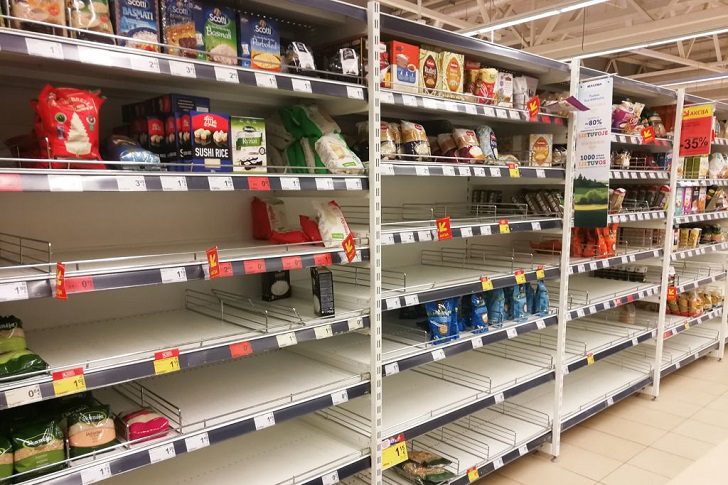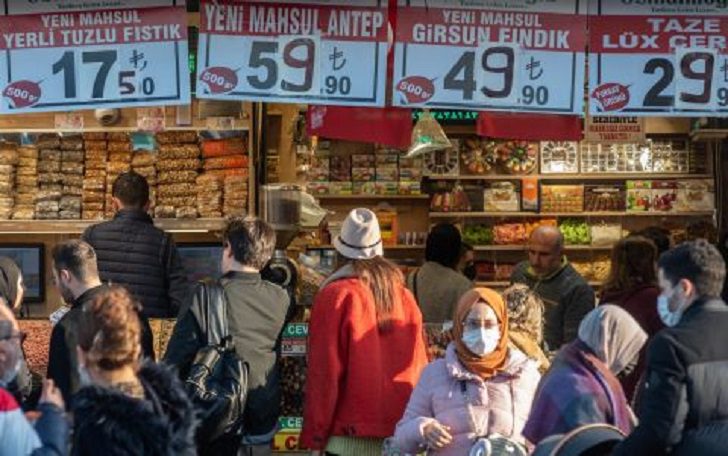Hunger is formally defined as consuming fewer calories per day than is required for a healthy, active life, and its severity varies. According to the World Food Program, nearly 50 million people are facing emergency levels of hunger and are on the verge of famine. Food crises affect an estimated 346 million people in Africa alone. This quiet form of devastation is concentrated in roughly 50 of the world's poorest and most conflict-torn countries. The most severe crises are in Ethiopia, South Sudan, Madagascar, and Yemen, where more than 500,000 people face starvation.
The global inflation crisis has taken a heavy toll on Americans' wallets, but the consequences have been far-reaching for large swaths of the world. According to a World Bank report released last month, food in many countries is now 10 to 30% more expensive than it was a year ago.

ADB/ Getty Images | Food security is not a new phenomenon, but one that has existed for years now
High food prices have triggered a global crisis, pushing millions further into extreme poverty and exacerbating hunger and malnutrition. According to an FAO-WFP report, the number of people experiencing acute food insecurity and in need of immediate assistance is expected to rise to 222 million in 53 countries and territories.
Rising crises followed by global outbreaks
Food price increases have repercussions ranging from nutrition and migration to conflict and even gender relations. Although food inflation rates aren't as high as they were when the Ukraine war began, any increase in the price of staples like wheat and oil puts hundreds of millions of people in low-income countries at risk of going hungry because they spend half their income on food.
Conflict, climate change, and the pandemic have all contributed to historically high food prices. The FAO's Food Price Index has increased by more than 45% in the last two years alone. World food prices have now surpassed the highs reached during the previous food crises in 1974 and 2007. This phenomenon has been exacerbated by recent bans on wheat exports imposed by India, Egypt, and other countries in an effort to protect domestic consumers.

ALEXANDER PHAM/ GETTY IMAGES | Food prices are skyrocketing around the world
Poor households in low and middle-income countries frequently spend well over half of their total budget on food. Higher food prices harm even small-holder farmers, who are the net food buyers. According to the Center for Global Development, the current increase in global food prices will push an additional 40 million people into extreme poverty.
Following the outbreak of the Ukrainian conflict, countries' trade policies have become increasingly restrictive. The global food crisis has been exacerbated in part by the increasing number of food trade restrictions imposed by countries in order to increase domestic supply and lower prices. As of September 29, 2022, 20 countries had enacted 29 food export bans, and six had enacted 12 export-restriction measures.
Impact of food inflation on food security and accessibility

John Wreford/ Shutterstock | Prices of rice, for instance, had increased before the start of the pandemic-related lockdowns in early 2020 but then declined as the COVID recession began
Inflation has a direct impact on food security as well. Food security was already in crisis mode as a result of factors like conflict and climate change, and rising inflation is exacerbating the situation. Nearly 193 million people worldwide are currently food insecure. Food insecurity is defined as a lack of regular access to enough safe and nutritious food, either due to a lack of resources such as money or simply a lack of food availability.
Food inflation affects low-income earners the most because they spend a large portion of their income on food. When food prices rise, it becomes unaffordable and inaccessible to these already struggling people, pushing even more people into poverty.


